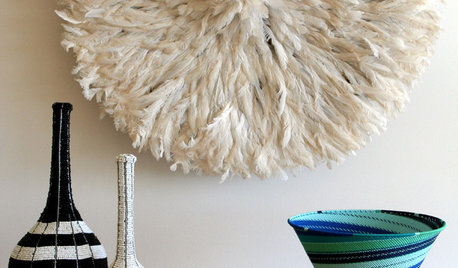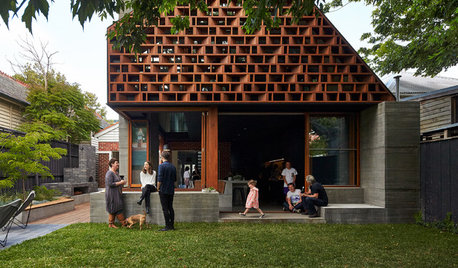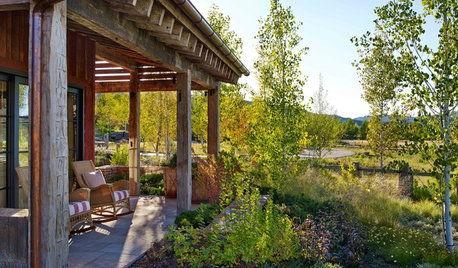culture information
quicksilver
15 years ago
Related Stories

ARCHITECTURERoots of Style: Many Cultures Make Their Marks on Mediterranean Design
If you live in California, Florida or certain other parts of the U.S., your architecture may show distinct cultural influences
Full Story
DECORATING GUIDESCulture an African Look With Artifacts
A ceremonial headdress, a carved wood stool for a king ... African artifacts bring culture and significance to the home
Full Story
BUDGET DECORATINGPop Culture Watch: Get a Good Rap With Thrift Store Scores
Eight rooms that rock secondhand finds, in an ideabook inspired by rappers taking YouTube by storm
Full Story
HOMES AROUND THE WORLDHouzz Tour: Local Cafe Culture Inspires a Melbourne Makeover
An Australian family renovates its bungalow to connect with relatives, friends and community
Full Story
EVENTSSee 5 Colorado Landscapes That Blend Nature With Artistry
These Denver and Aspen gardens — part of the Cultural Landscape Foundation’s Garden Dialogues series — embrace their larger environments
Full Story
DECORATING GUIDESAn Expat’s Guide to Making a Home Away From Home
How do you stay balanced when each foot is in a different culture? You take a stand where you hang your hat
Full Story
CITY GUIDESTravel Guide: Montreal for Design Lovers
Two insiders' picks for design-minded hotels, restaurants and much more in Canada's cultural capital
Full Story
FUN HOUZZBAM! BOOM! POW! Designs for the Comic-Con Fan
Action, Science Fiction and Pop Culture Inspire Bold Home Decor
Full Story
ARCHITECTURERoots of Style: Origins and Interpretations of the Bungalow
Bungalows translate effortlessly across continents and cultures to adapt comfortably to many styles and regions
Full Story
COLORTake a Tour of Popular Colors Through the Decades
Journey back in time to see how culture and the economy have affected the colors of our homes
Full Story





jamcm
richardol
Related Discussions
Madagascar Euphorbia Culture
Q
Palace Rose container culture
Q
Nor' East Roses
Q
Deep water culture information needed.
Q
jodik_gw
mehitabel
jvr99
howard_a
quicksilverOriginal Author
arthurm
helga1
quicksilverOriginal Author
jamcm
arthurm
orchid126
bradarmi
orchid126
arthurm
jodik_gw
orchid126
florida_guy_26
helga1
helga1
jane__ny
howard_a
sfmacaws
helga1
jamcm
helga1
jamcm
littlem_2007
helga1
jamcm
highjack
littlem_2007